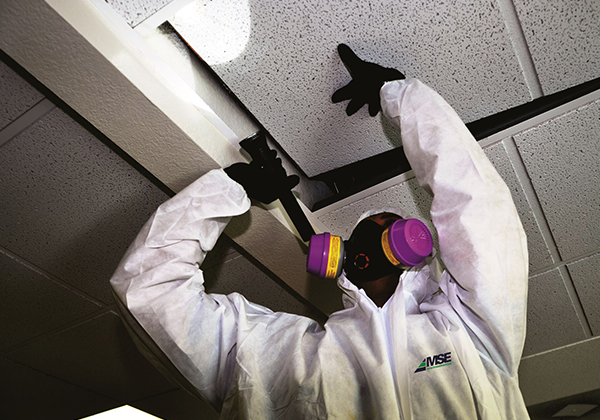Top-Rated Asbestos Testing: Shield Your Household from Harmful Direct Exposure
Top-Rated Asbestos Testing: Shield Your Household from Harmful Direct Exposure
Blog Article
Expert Tips for Carrying Out Trusted Asbestos Checking in Structures and Frameworks
In the realm of structure maintenance and safety, the value of conducting dependable asbestos testing in structures can not be overstated. From older residential homes to commercial structures, the visibility of asbestos poses a significant health threat if not correctly identified and managed. Understanding the subtleties of asbestos testing, such as the various tasting techniques and the critical distinctions between do it yourself screening and professional services, is vital for making certain accurate outcomes. Browsing the intricacies of translating test results and implementing reliable risk administration methods can be a complicated task for several. It is in these crucial areas that specialist support and pointers can drop light on ideal methods and ensure the safety of passengers and workers alike.

Importance of Asbestos Checking
Conducting asbestos testing in structures and structures is important for protecting the wellness and well-being of occupants and employees. Asbestos, when a preferred structure material known for its fireproof homes, has actually since been linked to major health threats, including lung cancer cells and mesothelioma cancer.

Tasting Methods
Asbestos screening in buildings and frameworks requires exact sampling methods to properly examine the presence and condition of asbestos-containing products. One typically made use of sampling strategy is the point counting technique, where examples are gathered from various structure materials believed to consist of asbestos, such as insulation, ceiling floor tiles, or flooring. Utilizing the ideal sampling techniques is important for getting exact asbestos screening results and ensuring the security of residents in structures and frameworks.
DIY Screening Vs. Expert Solutions
When considering asbestos screening for structures and frameworks, the choice between do-it-yourself (DIY) testing and professional solutions is a critical decision that can impact the accuracy and reliability of the outcomes. DIY screening packages are available for acquisition, using an affordable alternative for individuals looking to assess the visibility of asbestos in their residential property.

Analyzing Test Outcomes
The precision and dependability of asbestos examination results, whether acquired with specialist services or YOURURL.com Do it yourself screening, play a crucial role in determining the next actions for handling prospective asbestos hazards in structures and structures. Examination results commonly suggest the visibility or lack of asbestos fibers in the tested materials, along with the focus of asbestos existing if it is identified. Proper analysis of asbestos examination results is critical for ensuring the safety and security of residents and workers in the building and conforming with asbestos regulations and standards.
Risk Management Strategies
Effectively executing proactive threat administration strategies is important for protecting passengers and employees in structures with prospective asbestos threats (Asbestos Testing). To begin, carrying out comprehensive danger analyses is critical to determine the existence of asbestos-containing materials (ACMs) and assess the level of danger they posture. This involves inspecting the building, you can look here accumulating examples for screening, and analyzing the outcomes to figure out the ideal program of activity
Once the visibility of ACMs is confirmed, it is essential to develop and execute an extensive monitoring strategy that outlines treatments for taking care of and regulating asbestos threats. This plan needs to consist of measures such as asbestos encapsulation, elimination, or ongoing tracking to prevent exposure and lessen health and wellness dangers. Furthermore, developing clear communication channels to educate owners and workers about the presence of asbestos and the protective steps in position is vital for guaranteeing their security.
Routine surveillance and review of asbestos risks are additionally necessary elements of effective risk management approaches. By remaining aggressive and alert, structure owners and managers can develop a secure environment and stop prospective asbestos-related carcinogen.
Conclusion
Finally, conducting trustworthy asbestos screening in buildings and frameworks is essential for identifying possible wellness risks and ensuring security. By following correct sampling methods, taking into consideration the advantages of professional services over DIY testing, analyzing test results properly, and applying reliable risk management strategies, people visit the site can properly handle and minimize the dangers connected with asbestos direct exposure. It is critical to focus on security and abide by rigorous testing procedures to shield the wellness of occupants and workers.
Report this page